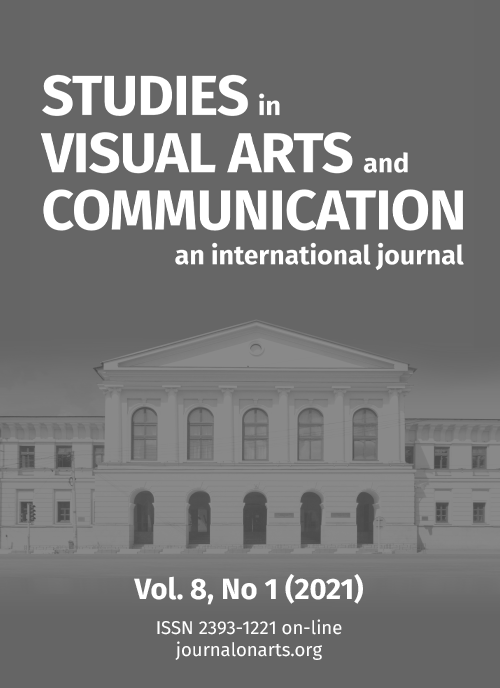Michael Haneke and the Trauma of Europe
Michael Haneke and the Trauma of Europe
Author(s): Lorenzo RossiSubject(s): Visual Arts, Film / Cinema / Cinematography
Published by: Editura ARTES
Keywords: Haneke; trauma; cinema; visual studies; history; Europe; événementielle; image;
Summary/Abstract: Michael Haneke is one of the contemporary filmmakers who has reflected the most on past and present history of Europe. The Austrian director has addressed in his cinema crucial historical events of the European history of the XX century, with a narrative approach that privileged the account of trauma. From the cultural origins of Nazism (The White Ribbon, 2009) to the effects of colonial politics (Caché, 2005) to recent conversations regarding immigration (Happy End, 2017), Haneke has always constructed a gaze on History that was external, marginal and focused on the subtle threshold that divides private and public: through the emergence of an analysis of the great issues of historical contemporaneity with an endemic and subtle storytelling of familiar relations. This paper aims to focus on the modernity and uniqueness of Haneke cinema in relation to the most recent European events, with an emphasis on the modalities of narration and analysis through which the Austrian filmmaker dealt with the collective traumas and most cogent social upheavals. Such a position is reflected in his approach to images with a discontinuity that is both aesthetic (the VHS of Caché, the smartphone videos of Happy End) and narrative (a form of storytelling that remains suspended), but also in his parallel between the neutrality of familiar relations and the evental (événementielle) nature of historical events. On the one hand it is not the authenticity of the blood ties that guarantees the harmony of the family, on the other for a people or a nation to be part of something (namely, to be part of Europe) does not prevent the occurrence of major catastrophes.
Journal: Studies in Visual Arts and Communication
- Issue Year: 8/2021
- Issue No: 1
- Page Range: 63-71
- Page Count: 9
- Language: English

